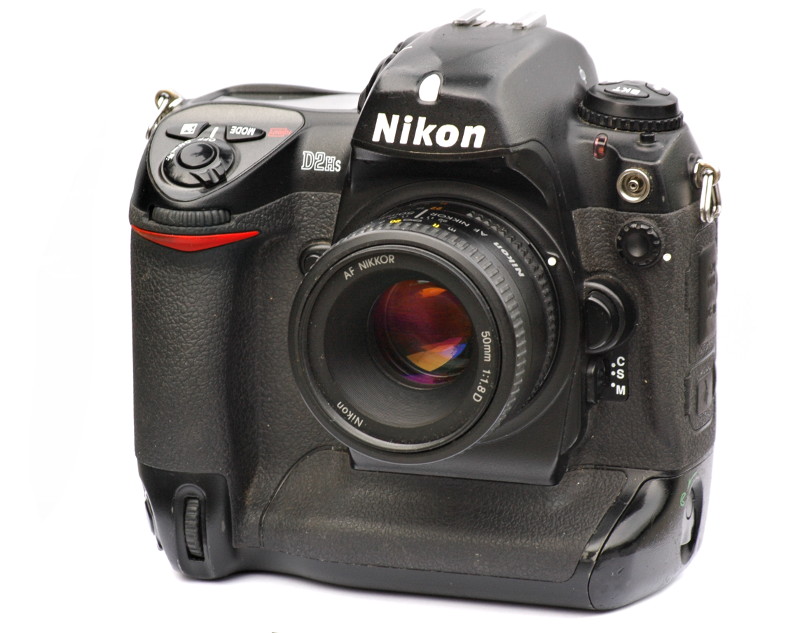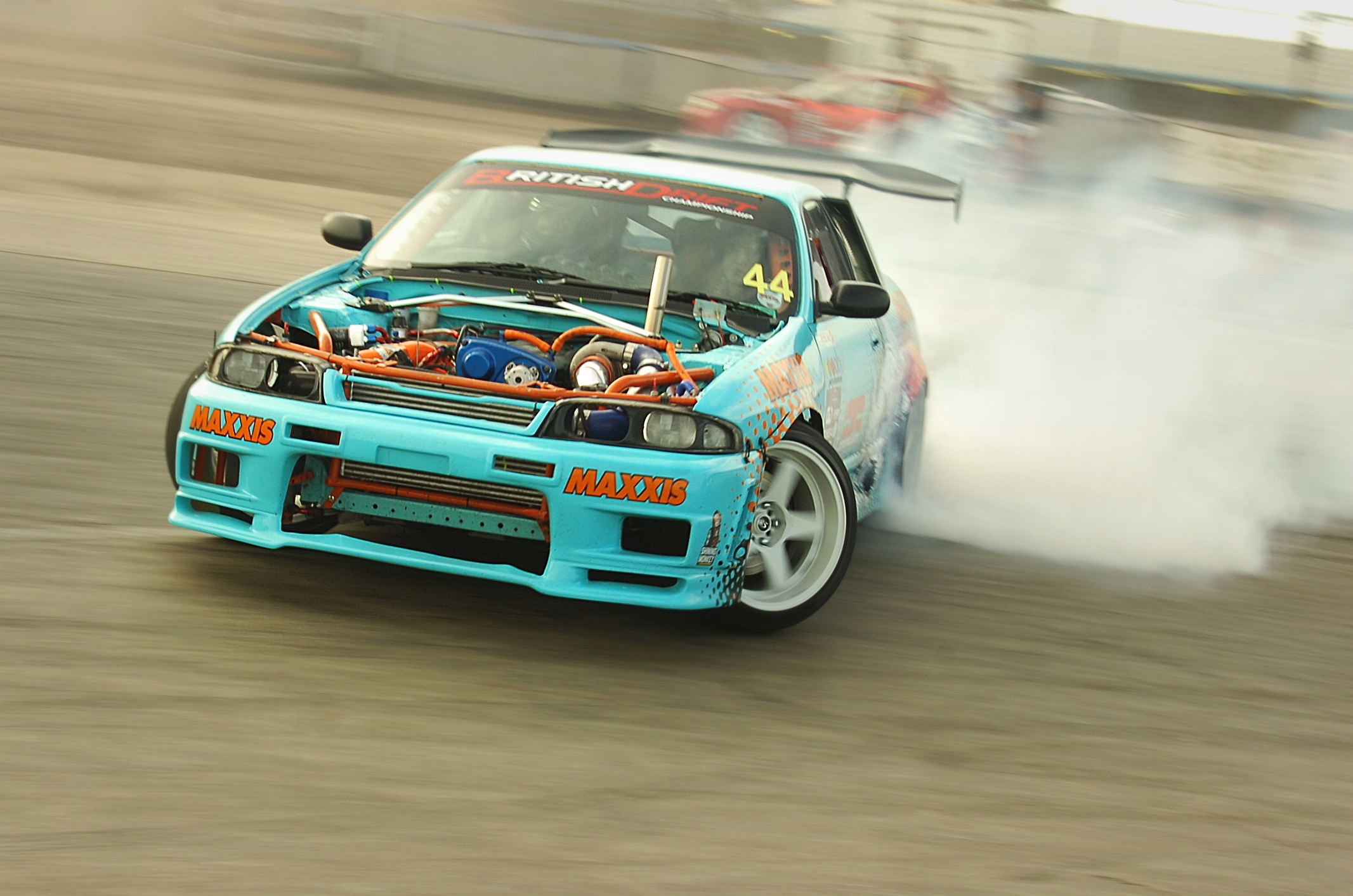
Nikon D2Hs, with a whopping 4.1 megapixels. How big can we print?
from Shutter, by Lewis Collard

Nikon D2Hs, with a whopping 4.1 megapixels.
How big can we print?
This article was written in 2016.
Reader Paul Soucy asked:
I am being told that my D2H resolution at 4.1mp is much too small to print large. Essentially, I am told that I need a 20-24mp camera to print large today.
People have opinions. I generally ignore them, including my own. You should feel free to ignore my opinions as well. But as I see it, it's both more and less complicated than "you need 24 megapixels for good prints".
The gold standard for digital prints is 300dpi/ppi[1], which is meant to be, at all naked-eye distances, visually indistinguishable from optical printing from film - i.e. the density above which there is no visible difference. The D2Hs is 2464 on its longest side, so for a 300 dpi print the longest that permits is 8" on the longest side.

Here's one of my photographs shot with my Nikon D2X in high speed crop mode
(3216x2136, or 6.6 megapixels), then heavily cropped to 2733x1815 (5 megapixels), then
printed to 23 inches wide by 16.5 inches inches high (A2 size). Modelled
with the driver, Owen Pragliola.
Photo-of-the-photo-with-the-driver-holding-a-photo-of-the-driver by Jenna
Pragliola. Thank you Jenna!
But what of that "gold standard"? That's what you follow if you want to get perfect prints, peering at them from as close as the naked eye can focus. In the real world, that's not what we do with big prints; our normal viewing distance increases proportional to the size of the print.
12"? You're printing at 200dpi, but if you're looking at it from two feet away you will not notice any difference from 300dpi at all.
24"? That's about 100dpi.
OK, 100dpi might seem like you're pushing it, and maybe you are.

And a picture to break up the text.
Ryan Cooper,
Norfolk Arena Drift Team Weekender at
the Adrian Flux Arena. 4.1-megapixel
Nikon D2Hs, Nikon 18-70mm DX
at f/8.5, 1/100 at ISO 200.
But here's a trick: that is about the same density as most big computer monitors! Look at a file from the D2H on a typical large PC screen, at 1:1 magnification - that's how sharp your 24" print will be. Now stand back to a distance from which one will be looking at the print, and that's more-or-less how good your 24" print will look in the real world.
For those of you with huge 4k televisions, you can take this further: If a 40 inch[2] television looks sharp to you at normal viewing distances, remember that this is only using a pixel density of 112 pixels per inch.
A 1920x1080 HD TV of the same size is half of that.
Are you still caring about resolution?
Of course, a 4.1 megapixel camera won't look as sharp as a 24mp camera, if you are looking for differences, close-up, side-by-side, at huge print sizes. But then, the 24mp camera won't look as good as a 60mp Hasselblad either.
More pixels unquestionably get you a sharper print, but going from there to "you need a 24mp camera for prints" is exactly the same as telling 24mp Guy that he needs a £25,000 Hasselblad (and then when he turns into Hasselblad Guy, telling him that he needs a 4x5" large format camera, undsoweiter ad absurdum).

Lewis Harrowing,
Norfolk Arena Drift Team Run The Wall at
Swaffham Raceway. 4.1-megapixel
Nikon D2Hs, Nikon 50mm f/1.8D
wide-open, 1/80 at ISO 320. Not an especially sharp image, actually,
but a 1/80 photo of a car squirming sideways - I'll take it.
I'm not you, but even at BIG sizes, files from my 4.1mp D2Hs look great.
If you want nice prints for yourself then you don't even need to speculate; save some money and do my screen test above.
If you're selling prints then more pixels will help you out, or might even be necessary if your target market is fussy enough.
If you're covering the side of a building with your photo, then of course you're going to want every bit of resolution you can get.
Either way, it's somehow both simpler and more complicated than "you need a 24mp camera to print large".
(Adapted from my reply to Paul Soucy. Yo, I love my readers, I love email from my readers and I do my best to write a thoughtful reply to all of them, so come say hi!)